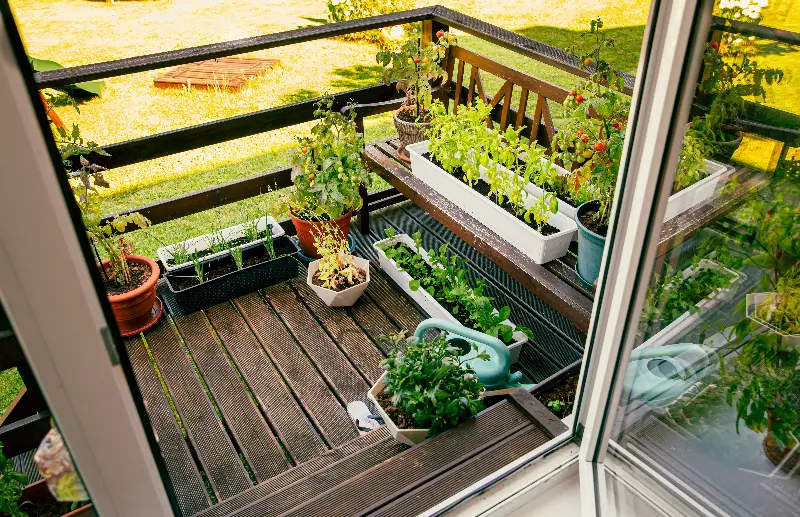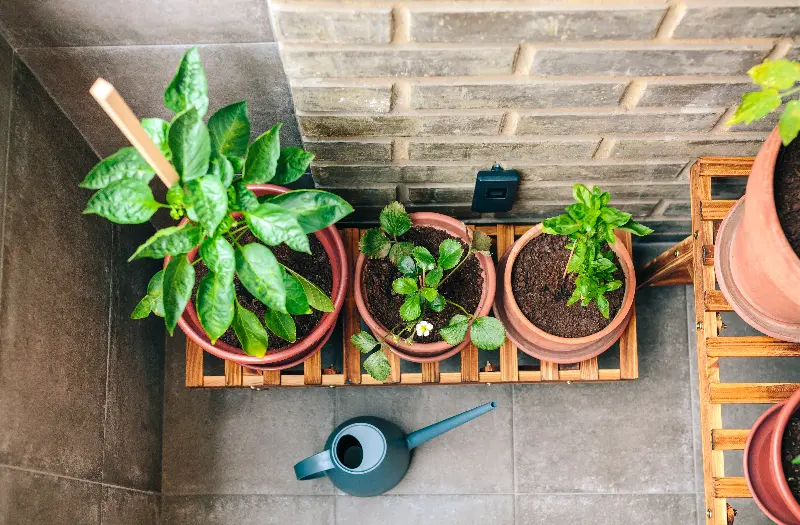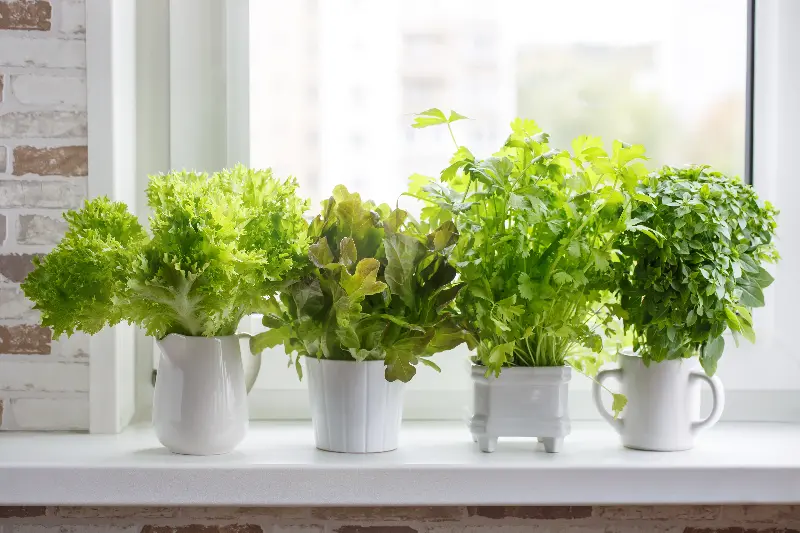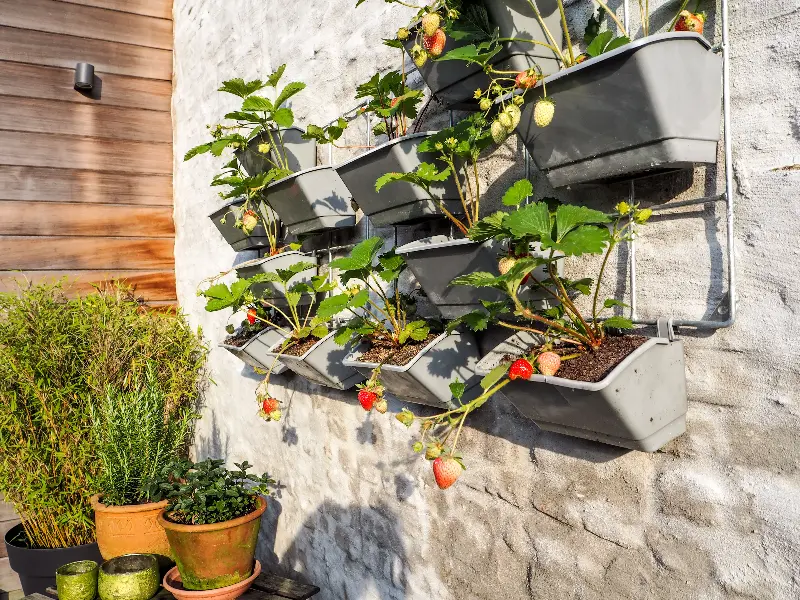Dreaming of crisp lettuce, juicy tomatoes, and fragrant herbs grown with your own hands? For many city dwellers and those living in shared spaces or apartments, the luxury of a spacious backyard can feel worlds away. But here’s the good news: with a bit of creativity and the right know-how, cultivating a lush and tidy vegetable garden is absolutely possible—no backyard required. Let’s explore how you can bring home-grown freshness right to your door, balcony, or windowsill, and discover some fascinating facts along the way.

Maximising Small Spaces With Container Gardening
Container gardening is a champion of urban agriculture. All you need is a sunny spot—think windowsills, balconies, patios, or even a well-lit kitchen corner. Containers come in all shapes and sizes, from classic terracotta pots to upcycled buckets or even reclaimed wooden crates. The great thing is, you can grow almost any vegetable in a container, provided it’s large enough. Tomatoes, peppers, lettuces, radishes, and even root vegetables like carrots will thrive if given enough depth and drainage.
One beautiful fact: studies show that plants grown in containers can have fewer pests, making them easier to maintain organically. Plus, moving containers indoors during poor weather is a breeze, ensuring your crops have a longer growing season.
To keep things tidy, choose containers with built-in saucers or self-watering pots. Vertical arrangements, such as stackable planters and pocketed wall hangings, help save precious floor space while transforming bland railings and walls into edible art.

Windowsill Wonders: Growing in the Light
Never underestimate the humble windowsill. Even the narrowest ledge can host an impressive selection of fresh herbs and microgreens. Basil, chives, coriander, and parsley need minimal root space and love the sunlight pouring through your window. Microgreens—miniature versions of salads, radishes, or even peas—can be harvested in just a couple of weeks and are incredibly nutrient-dense.
For the cleanest look, select matching containers or sleek glass jars (old jam jars work perfectly). Line them up for a minimalist display, or group them in threes for a decorative splash of green. Keeping your windowsill garden neat and manageable is as simple as regular trimming and swift removal of spent plants.
Windowsill gardening also makes it easy to control soil quality and moisture—two of the top secrets for vibrant home-grown produce. A pro tip: use a small spray bottle to water seedlings gently, avoiding both soggy soil and water marks on your windows.

Vertical Vegetable Gardens: Going Up in Style
For those who love innovation, vertical gardening is pure magic. Not only does this approach conserve space, but it also places your plants at eye level, making care and harvest a breeze. Use wall-mounted planters, hanging shoe organisers (with each pocket holding a different crop), or bespoke ladder shelves fitted with growing trays.
A vertical garden can be as simple or complex as you wish. Pallet gardens—a viral favourite in the DIY world—are simple to construct and can be leaned against almost any sturdy surface. Fill each space between pallet slats with soil, then tuck in leaf lettuce, trailing strawberries, or compact herbs.
One quirky fact: vertical gardens mimic natural environments where some plants would grow along cliffs or tree surfaces, which means certain varieties—like nasturtiums or trailing cherry tomatoes—absolutely love it.
To keep your vertical garden clean and attractive, choose plant combinations with similar watering needs, and consider adding a drip irrigation line for fuss-free care.

Indoor Hydroponics: Soil-Free Solutions
If you’re intrigued by technology, hydroponics might be your next green adventure. This method grows vegetables in a nutrient-rich water solution, completely without soil. Modern, compact hydroponic systems look sleek on kitchen counters or side tables and often come with built-in grow lights. They’re particularly good for herbs, lettuces, and even dwarf tomatoes.
Hydroponics use up to 90% less water than traditional gardening—a significant perk for eco-conscious gardeners. The absence of soil also keeps mess to a minimum and eliminates weeding altogether. Set-up is typically straightforward: install the system, add water and nutrients, insert plant pods, and watch your greens shoot up at record speed.
A fascinating tidbit? NASA has tested hydroponics to grow food for astronauts in space, so you’ll be in stellar company.
Community Gardening and Shared Spaces
Don’t overlook your local community—many urban areas boast rooftop gardens or shared plots. Often, you can rent a small raised bed or join collective gardening initiatives where tools and knowledge are shared.
Participating in a community garden delivers benefits that go beyond harvest. You’ll meet neighbours, swap seeds, and pool resources for greater efficiency. Plus, learning from other urban gardeners may introduce you to peculiar heirloom vegetables and time-saving techniques.
An interesting fact: research shows people involved in community gardens report higher life satisfaction and lower stress.
Cultivating a tidy, productive vegetable garden without a backyard is not just possible—it’s wonderfully rewarding. Whether you harness a sunny balcony, fill your kitchen with greenery, or create a futuristic hydroponic oasis, growing your own food brings beauty, satisfaction, and a sprinkle of nature to your everyday life. Remember, even the smallest space can surprise you with abundance, flavour, and joy—so get creative and let your urban gardening adventure begin.
